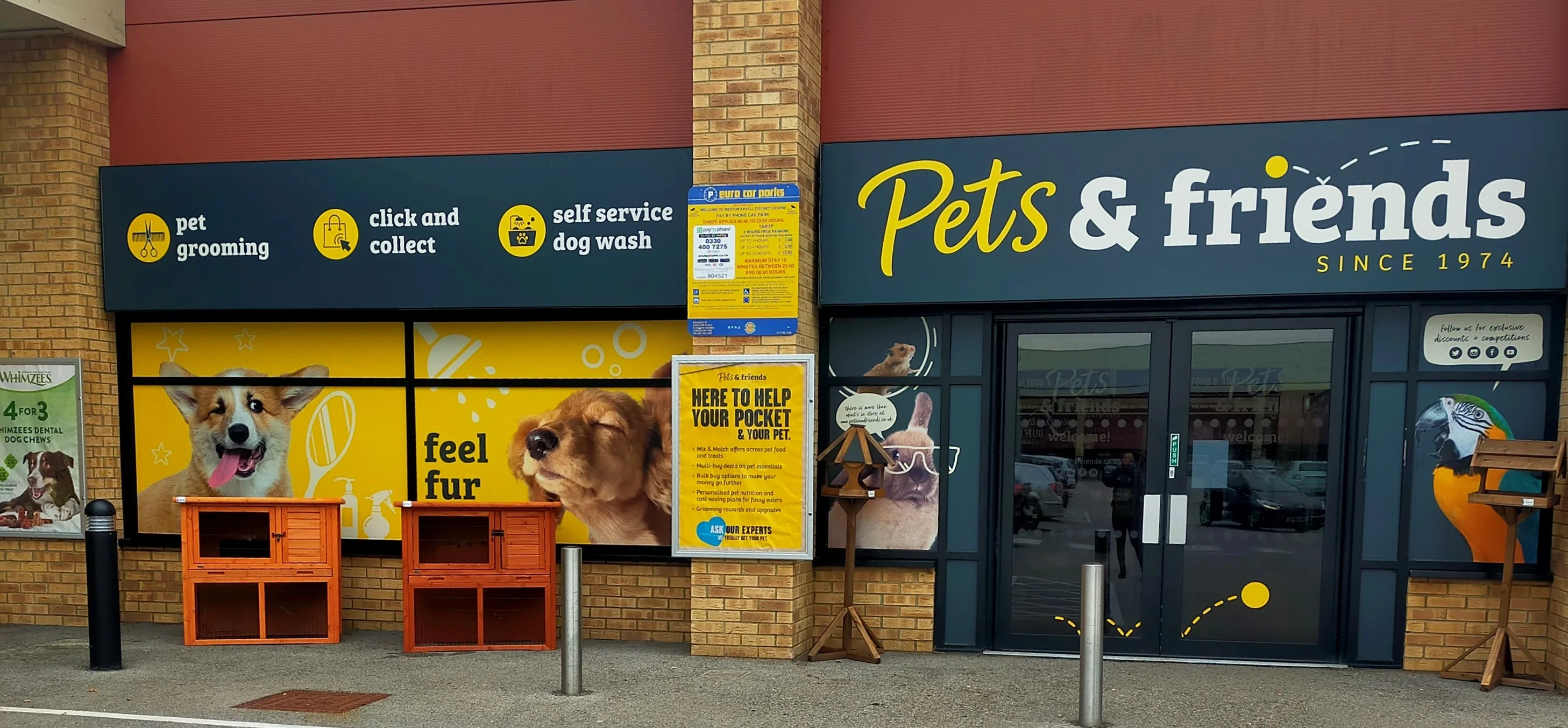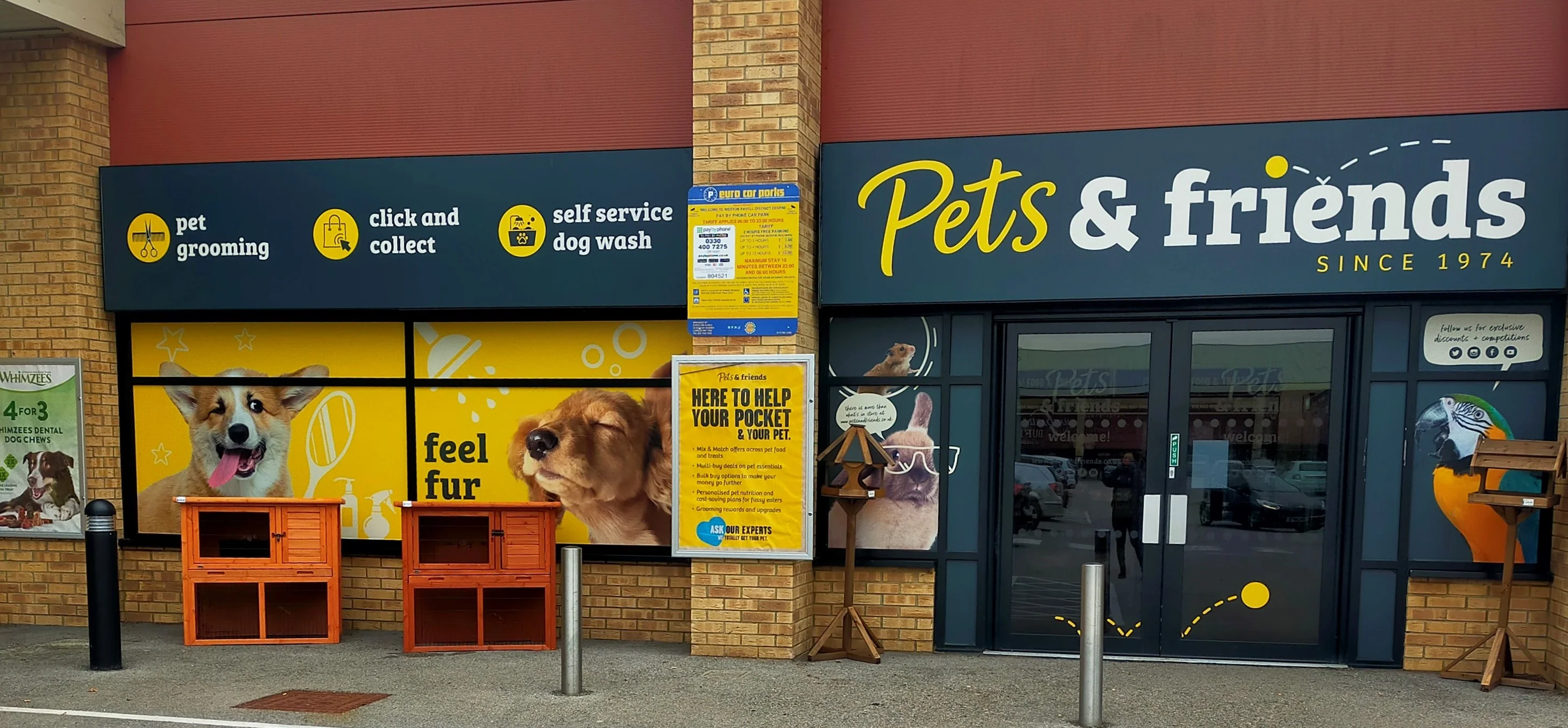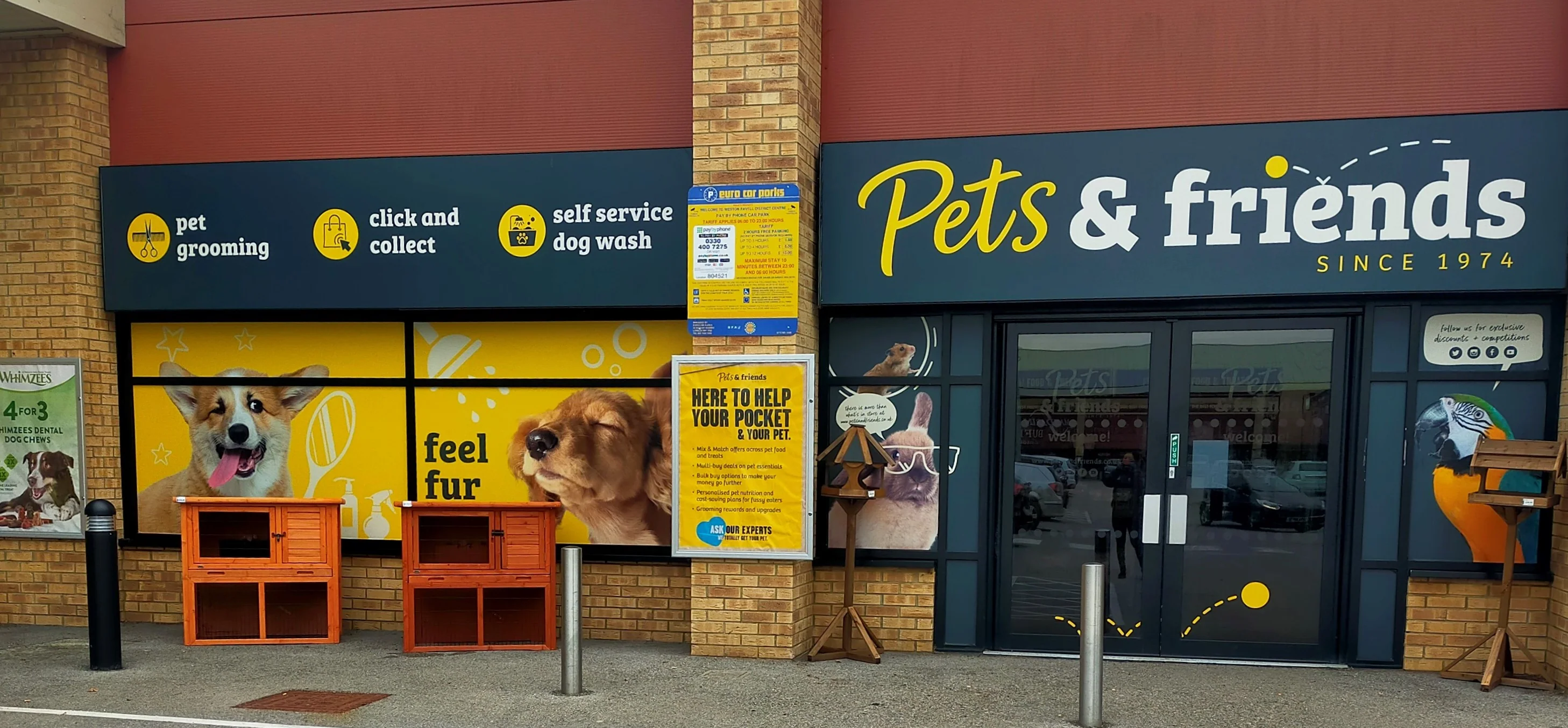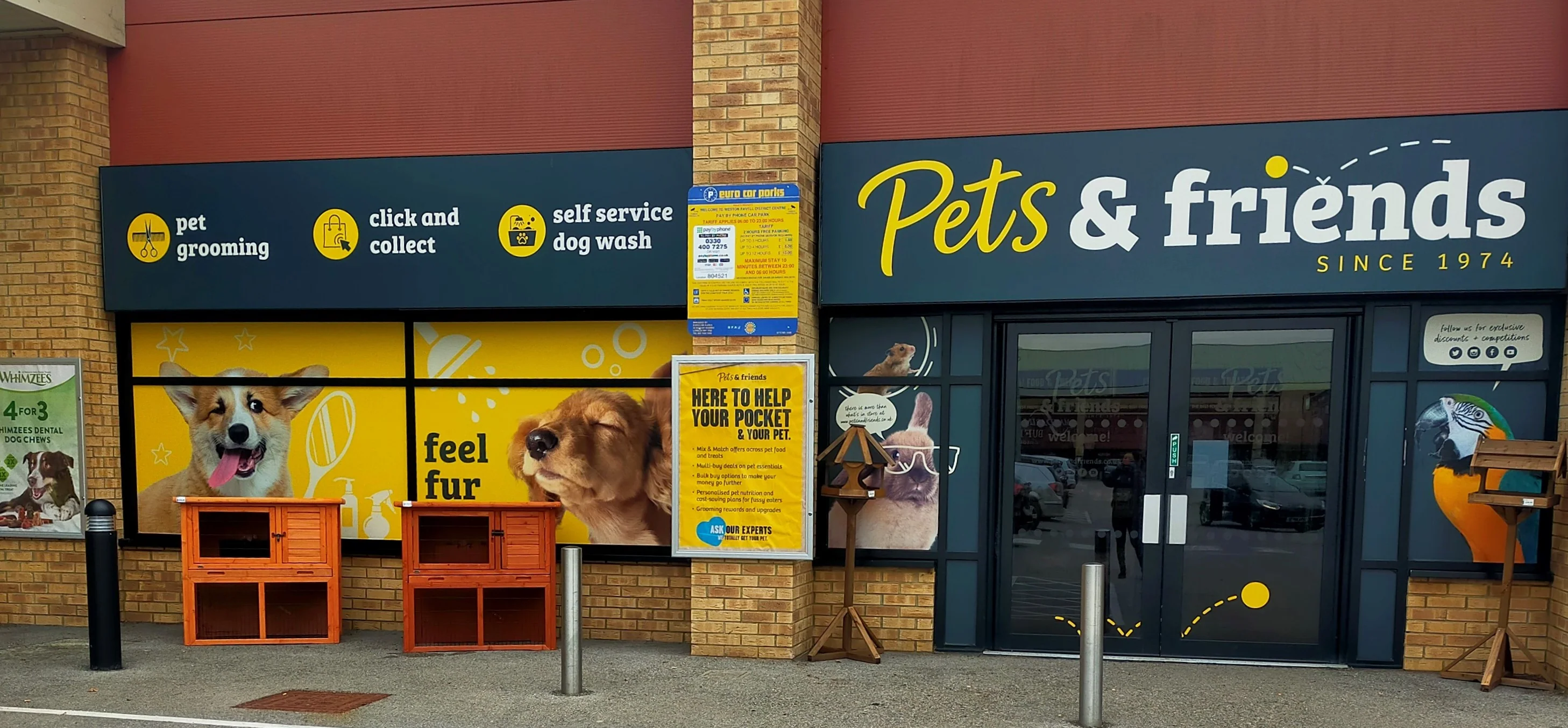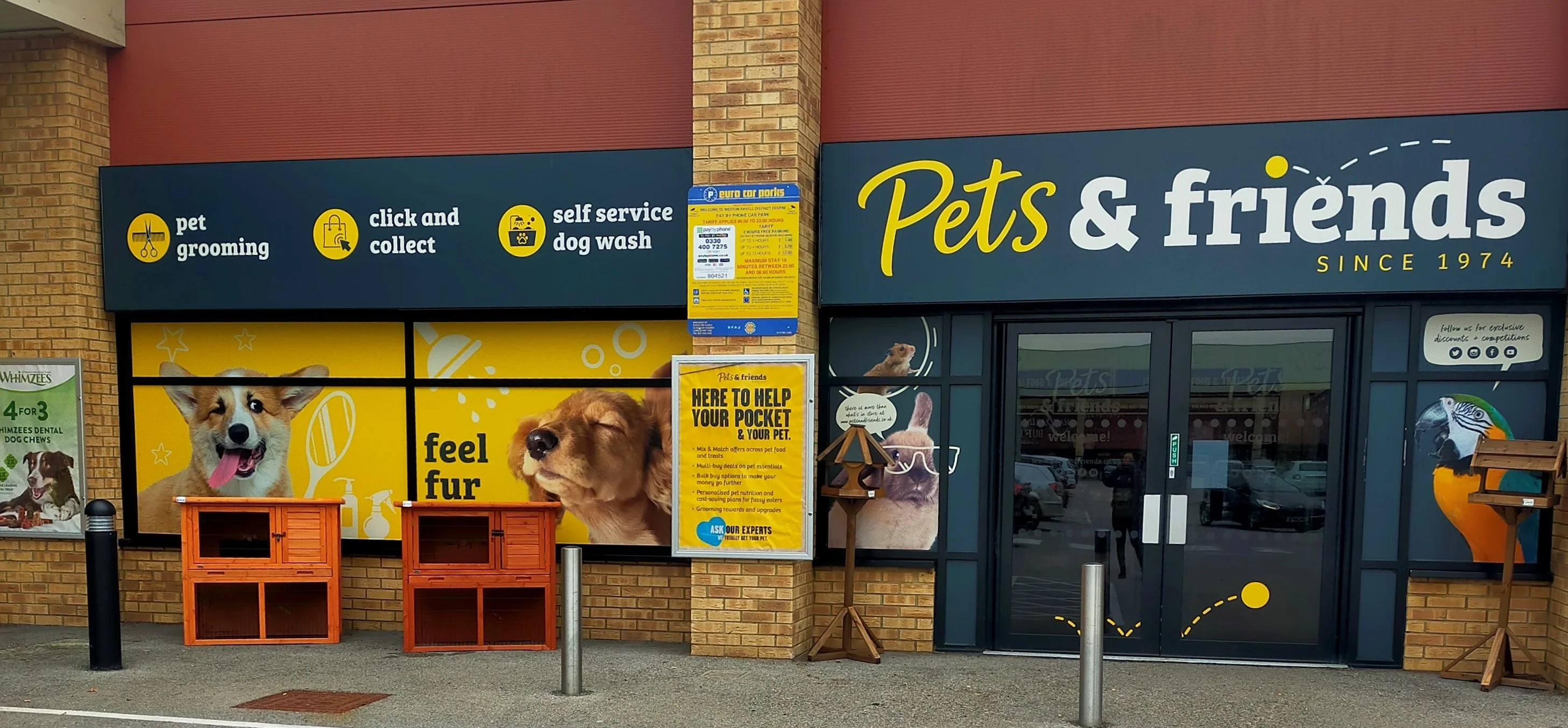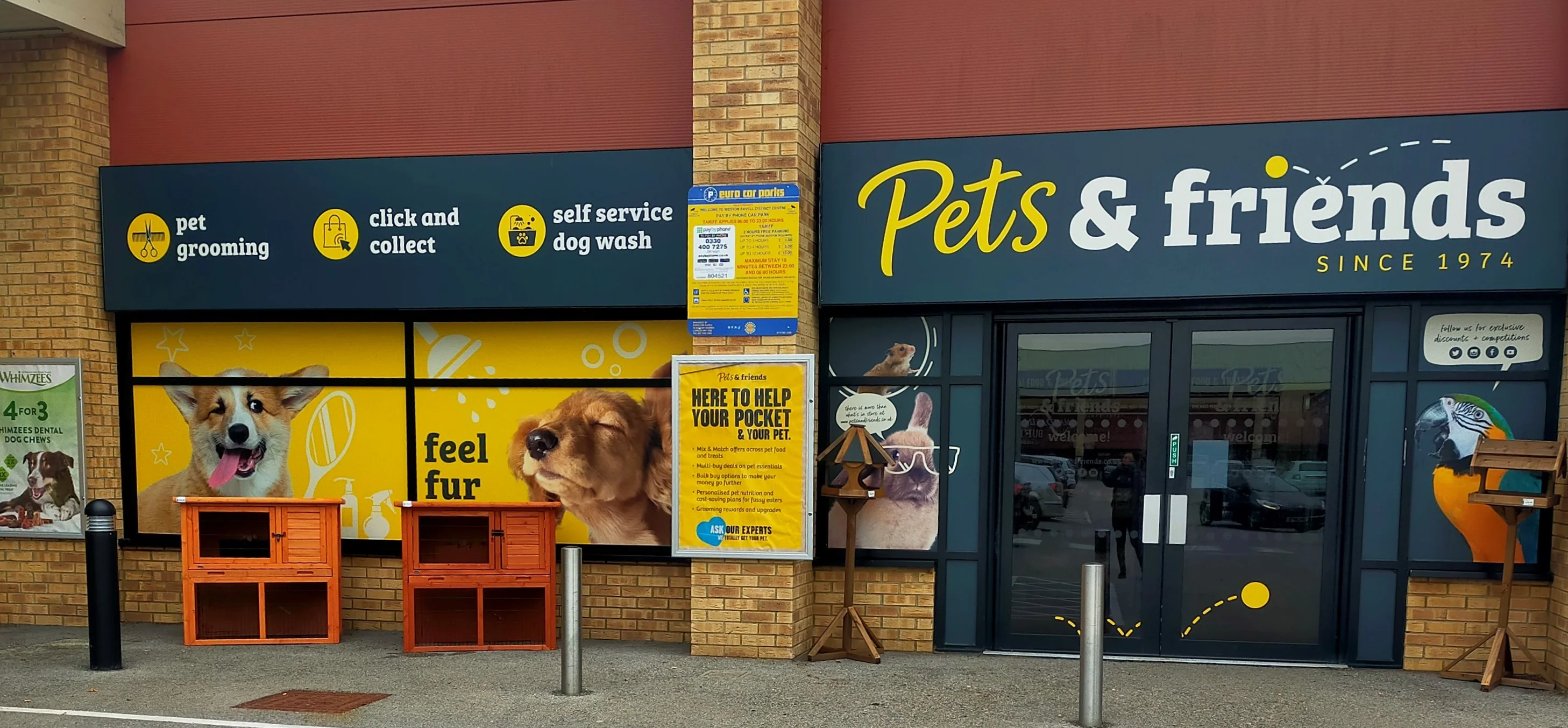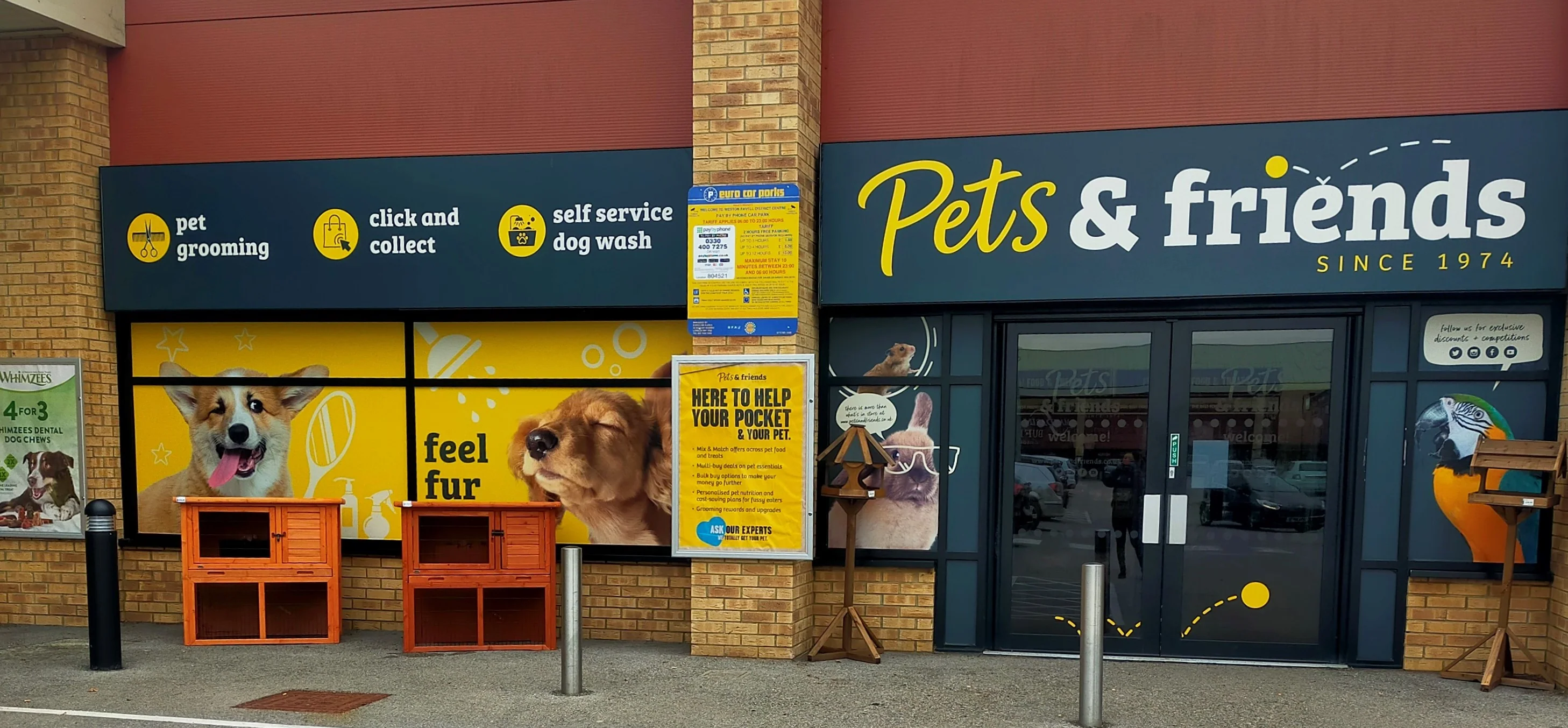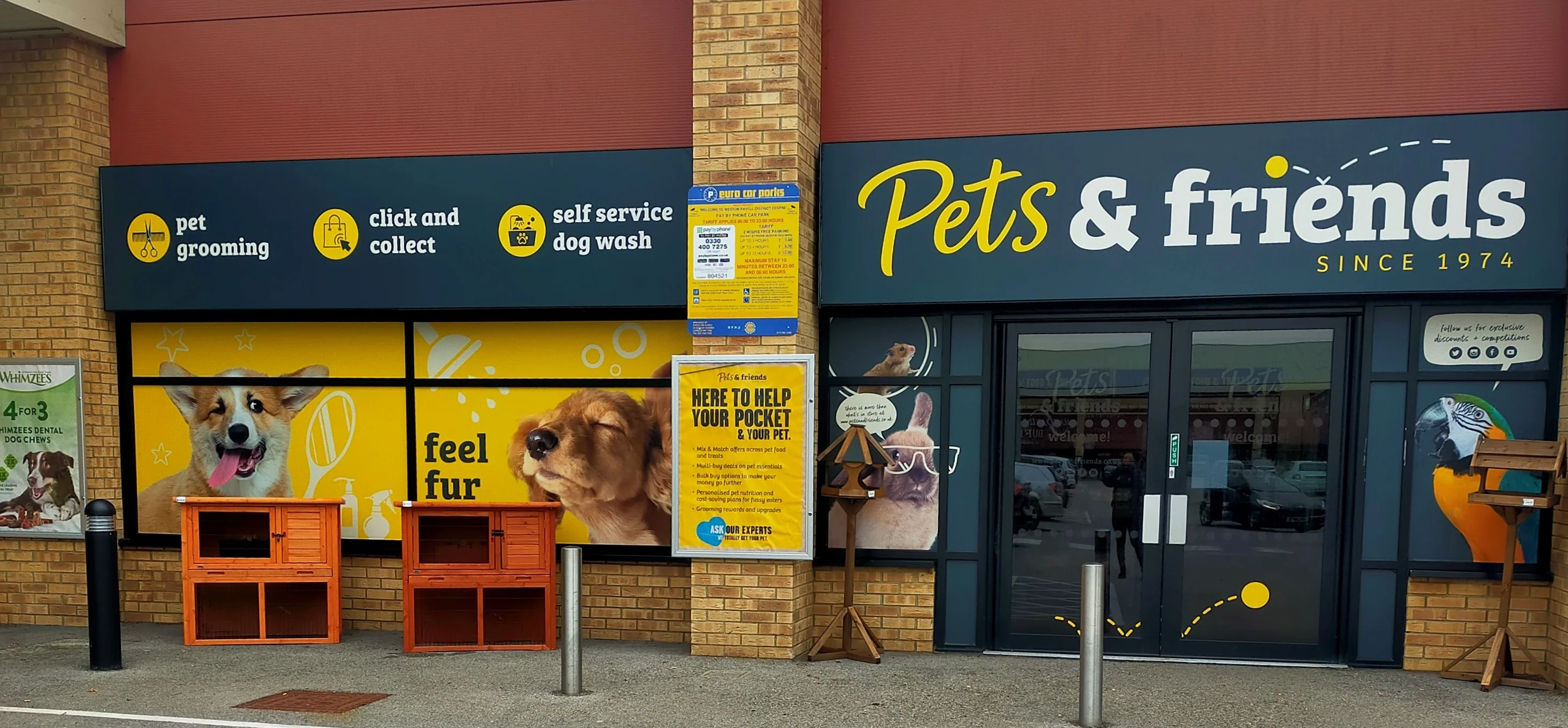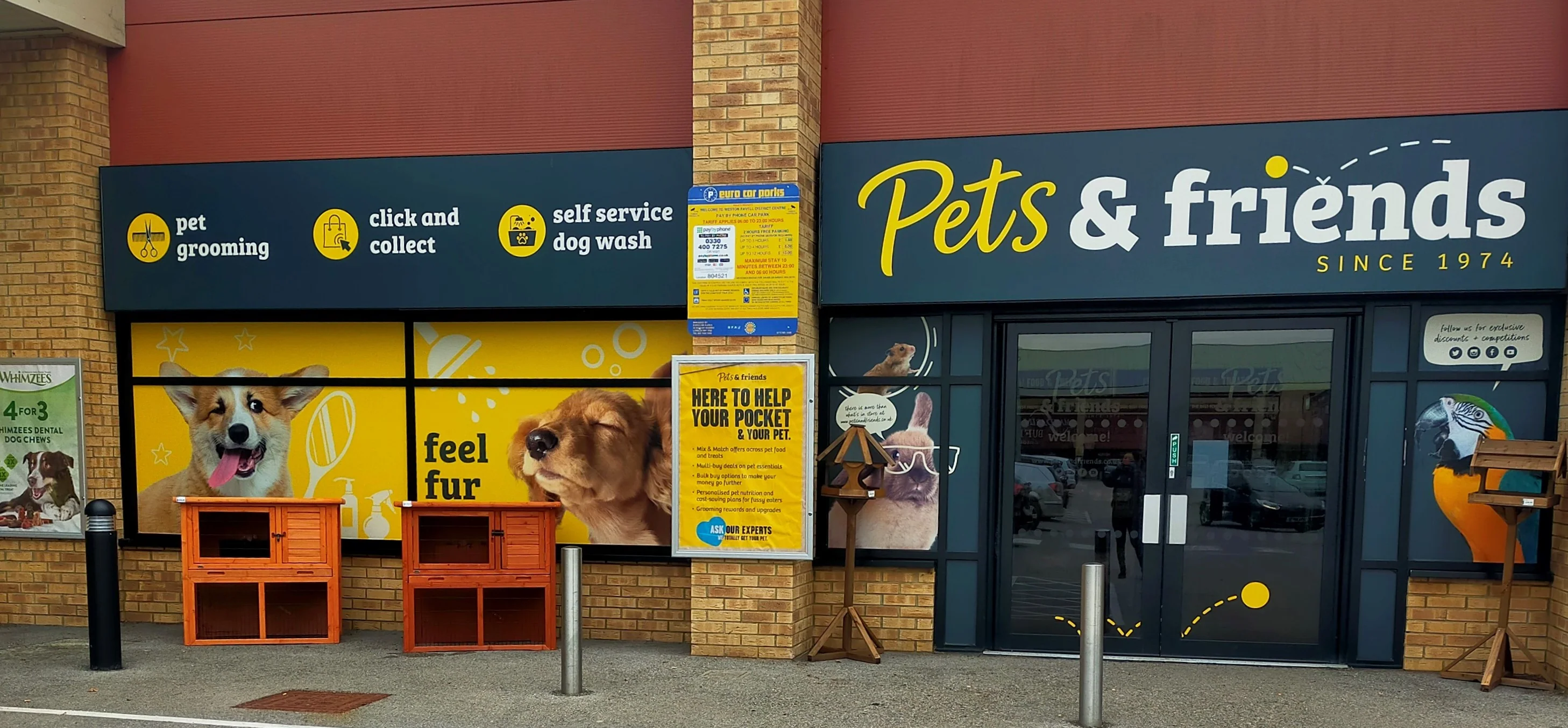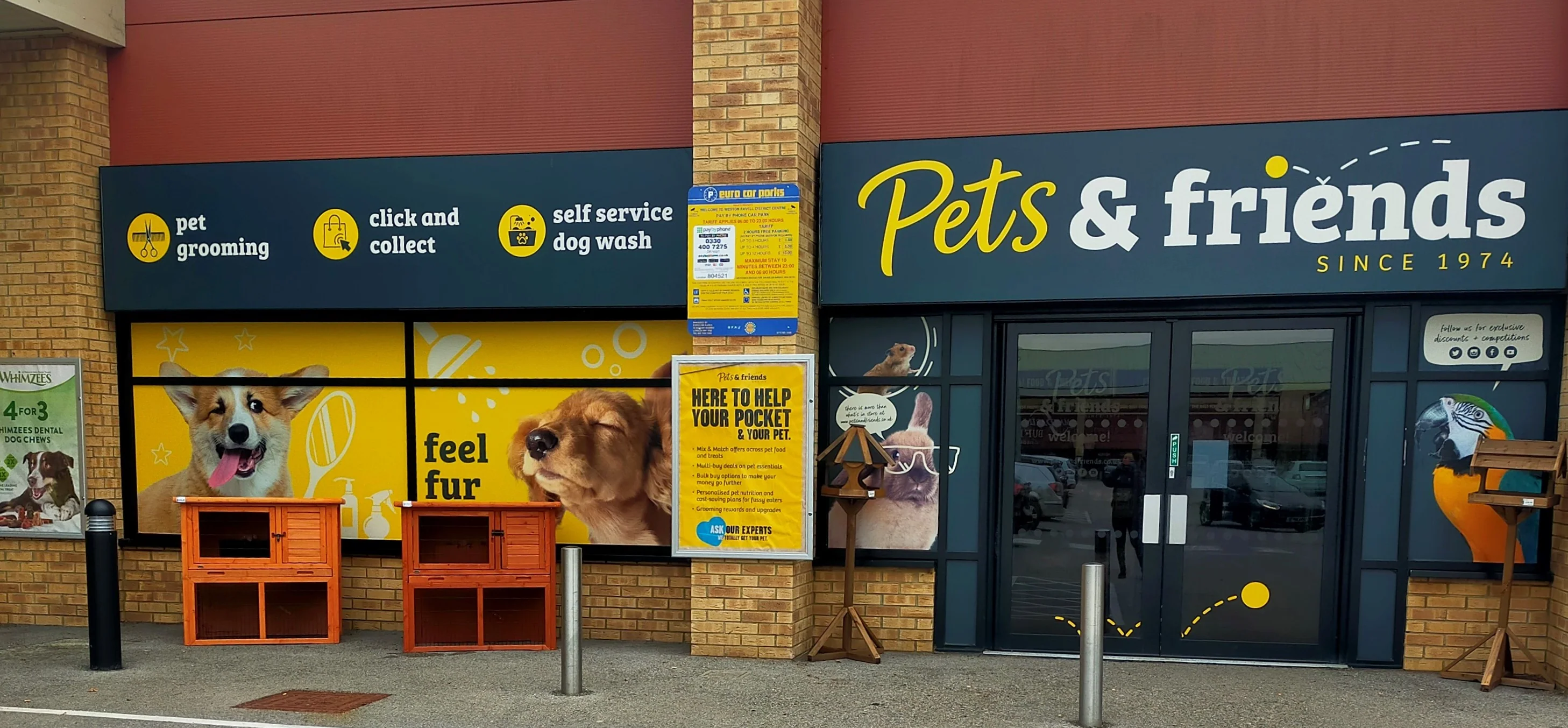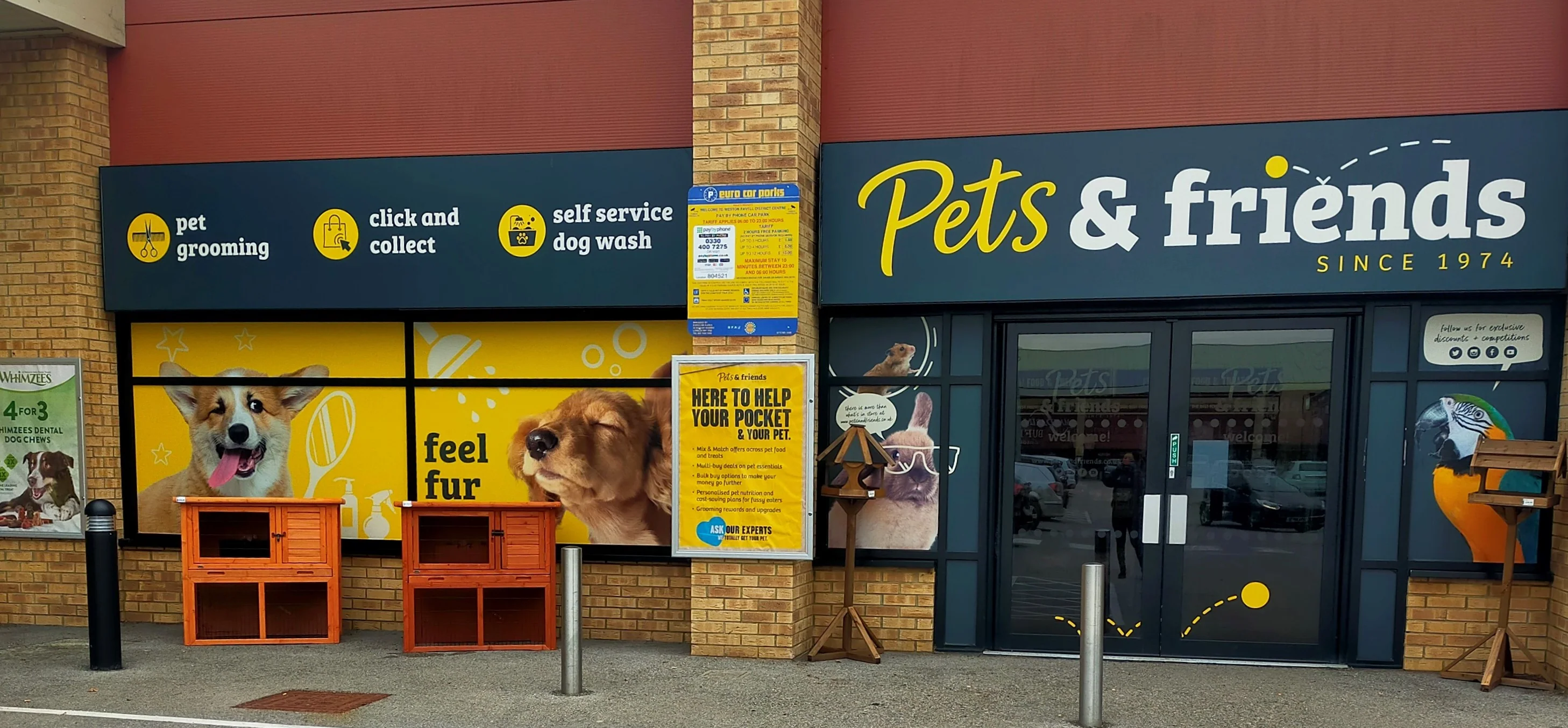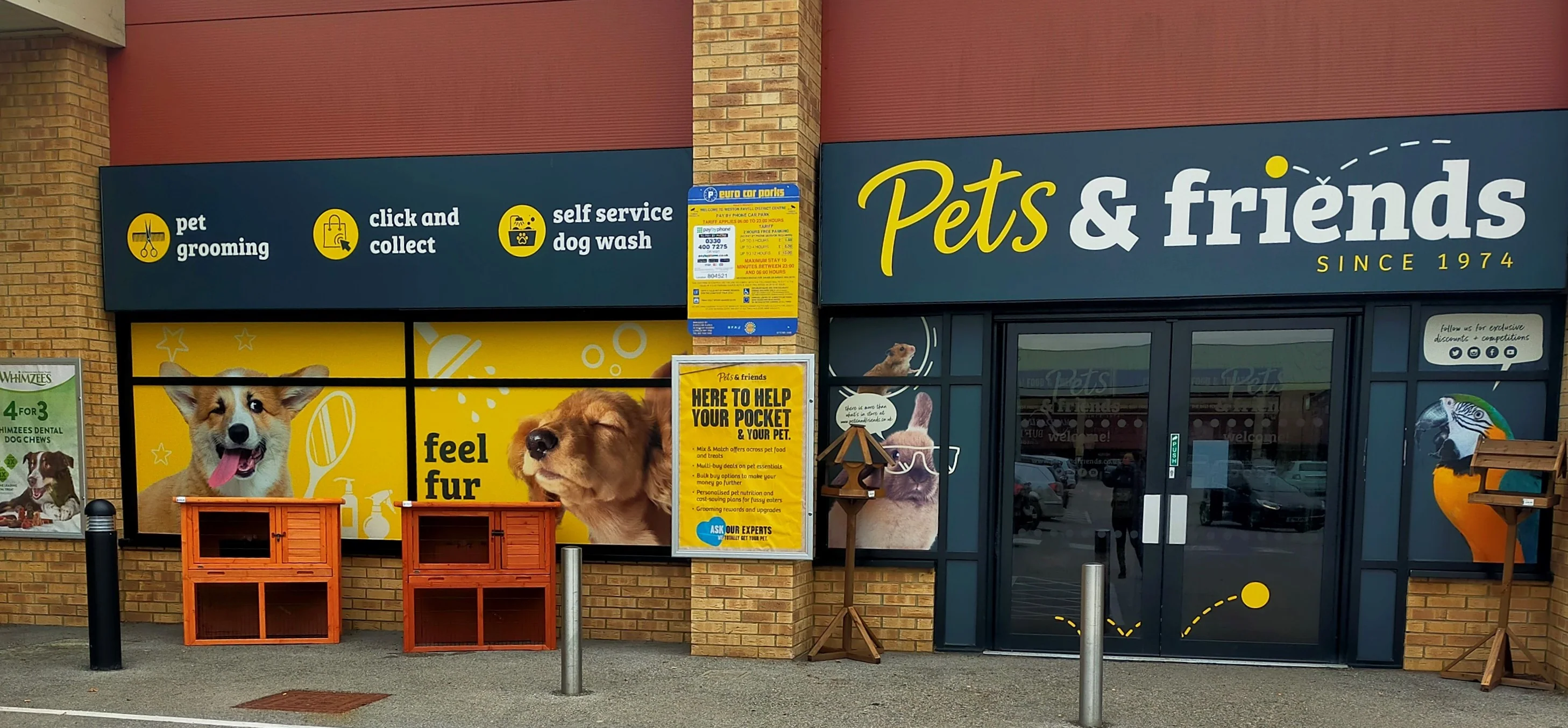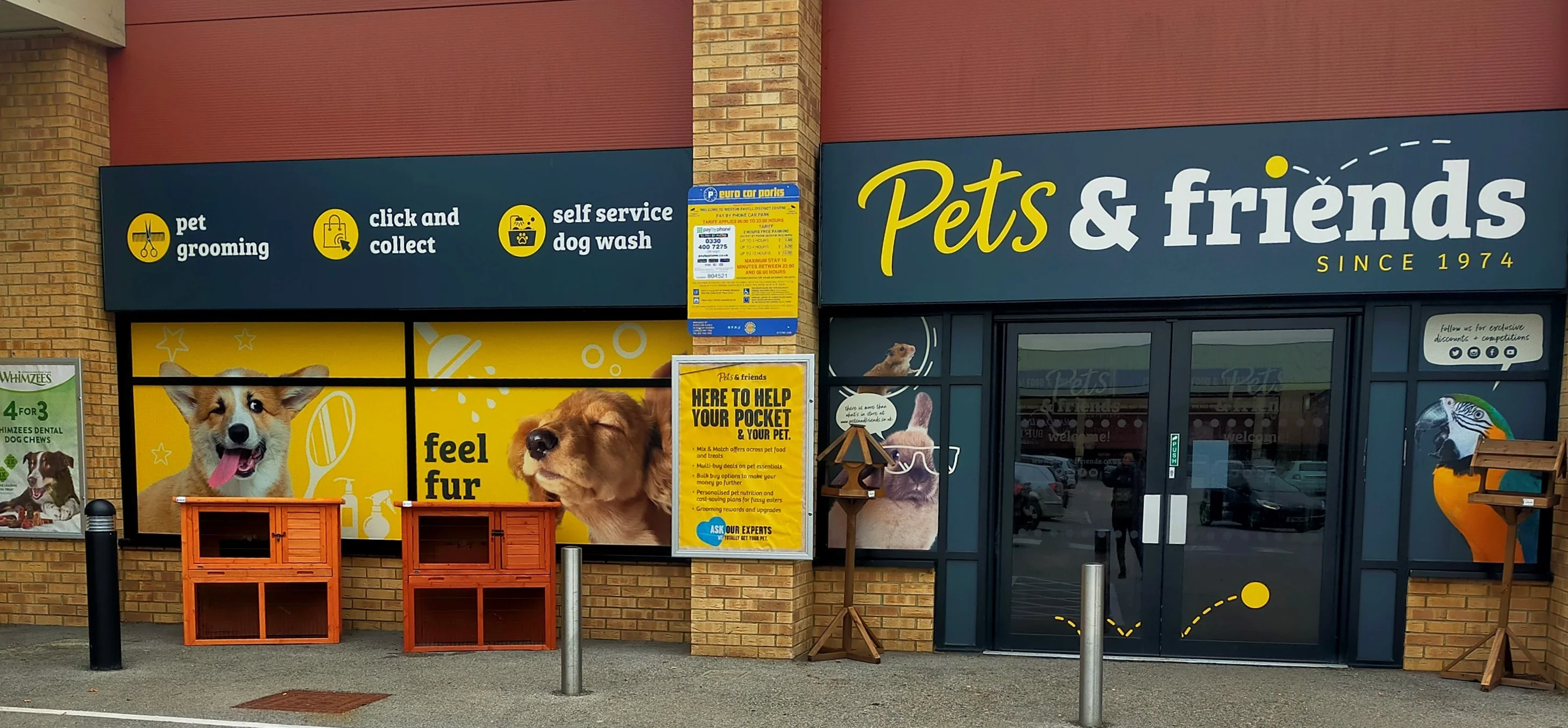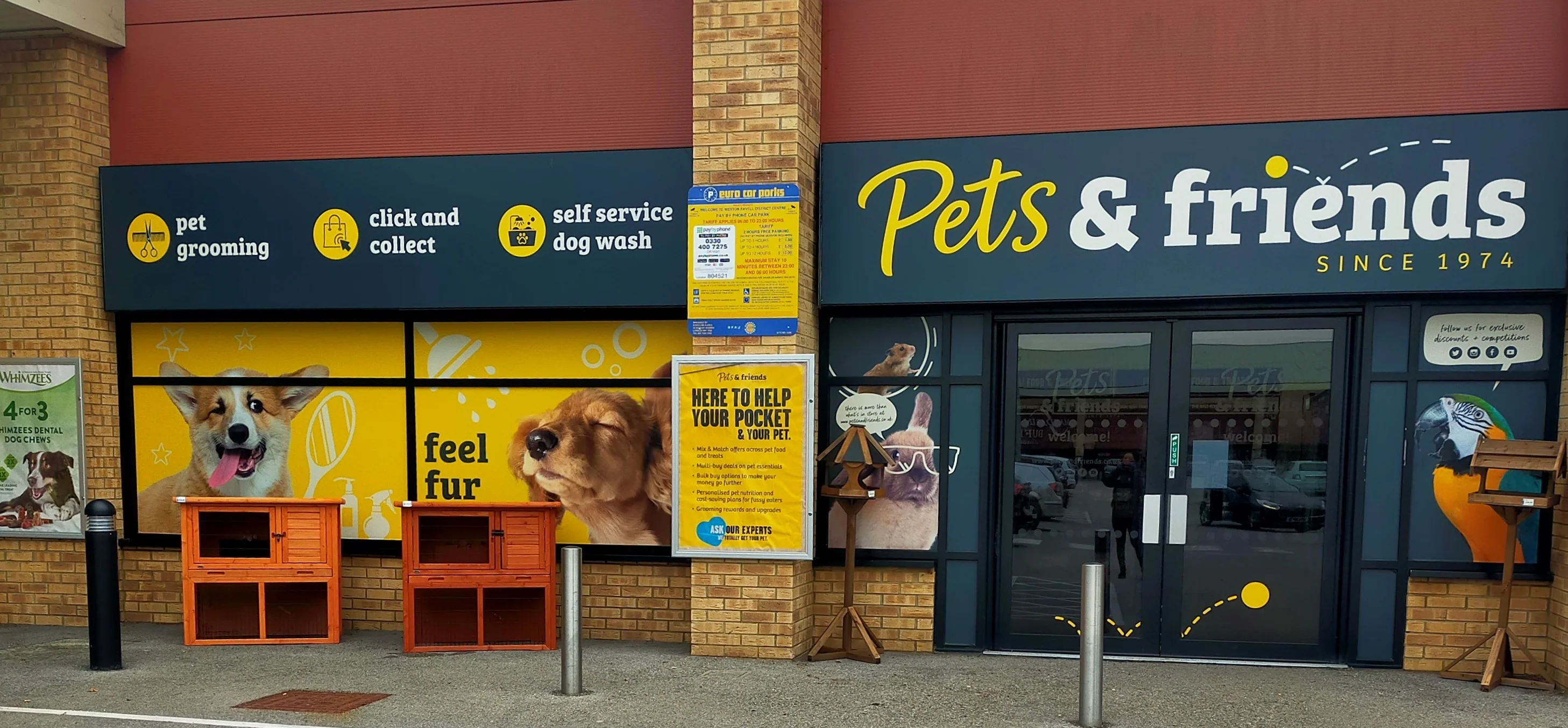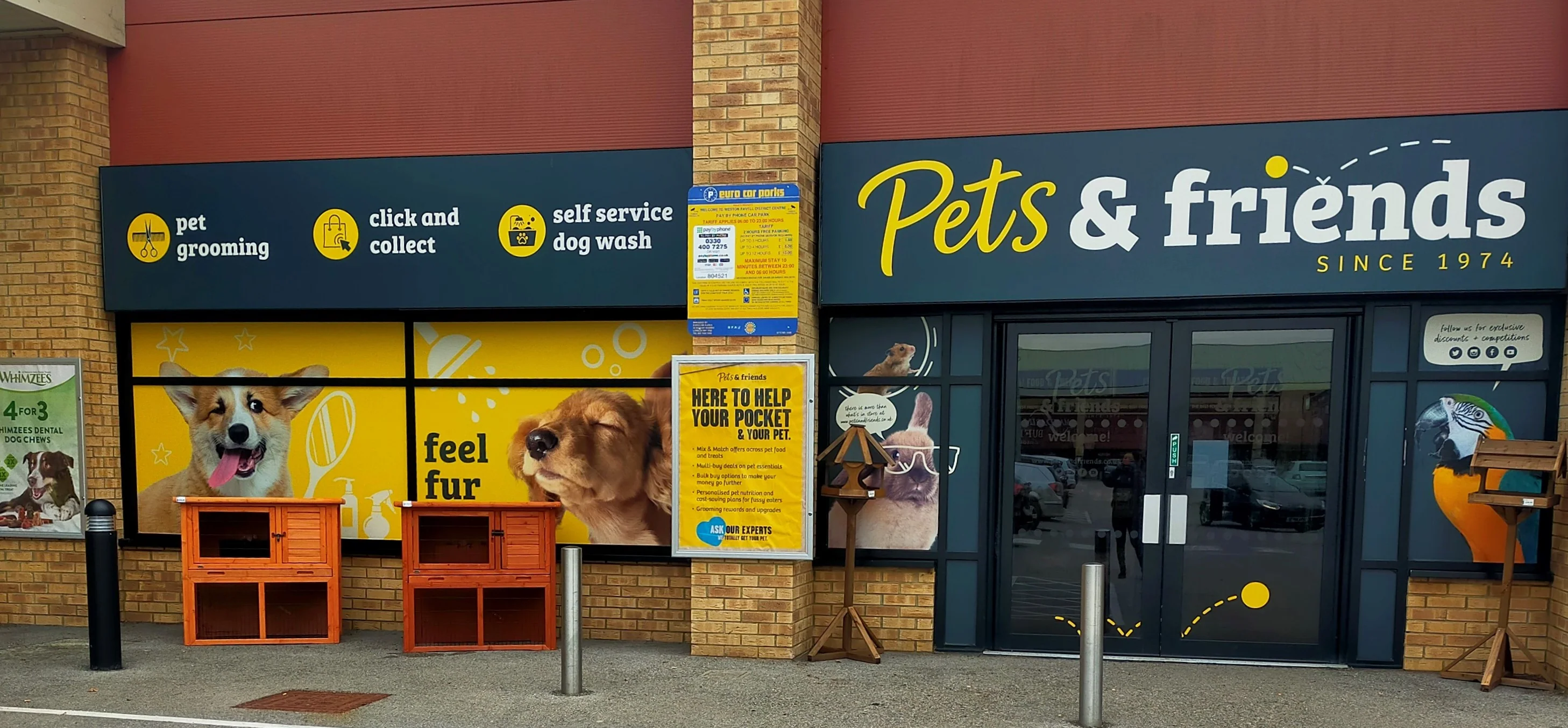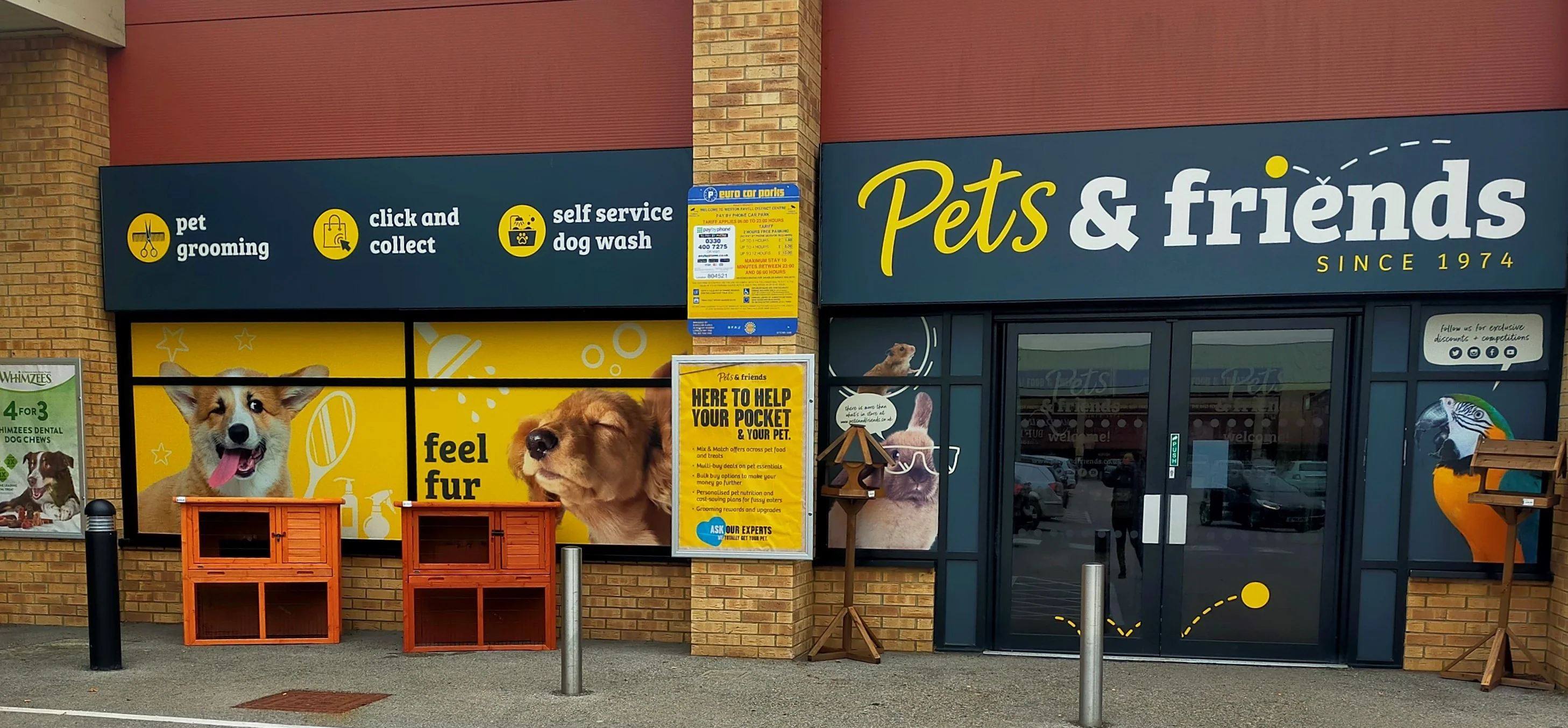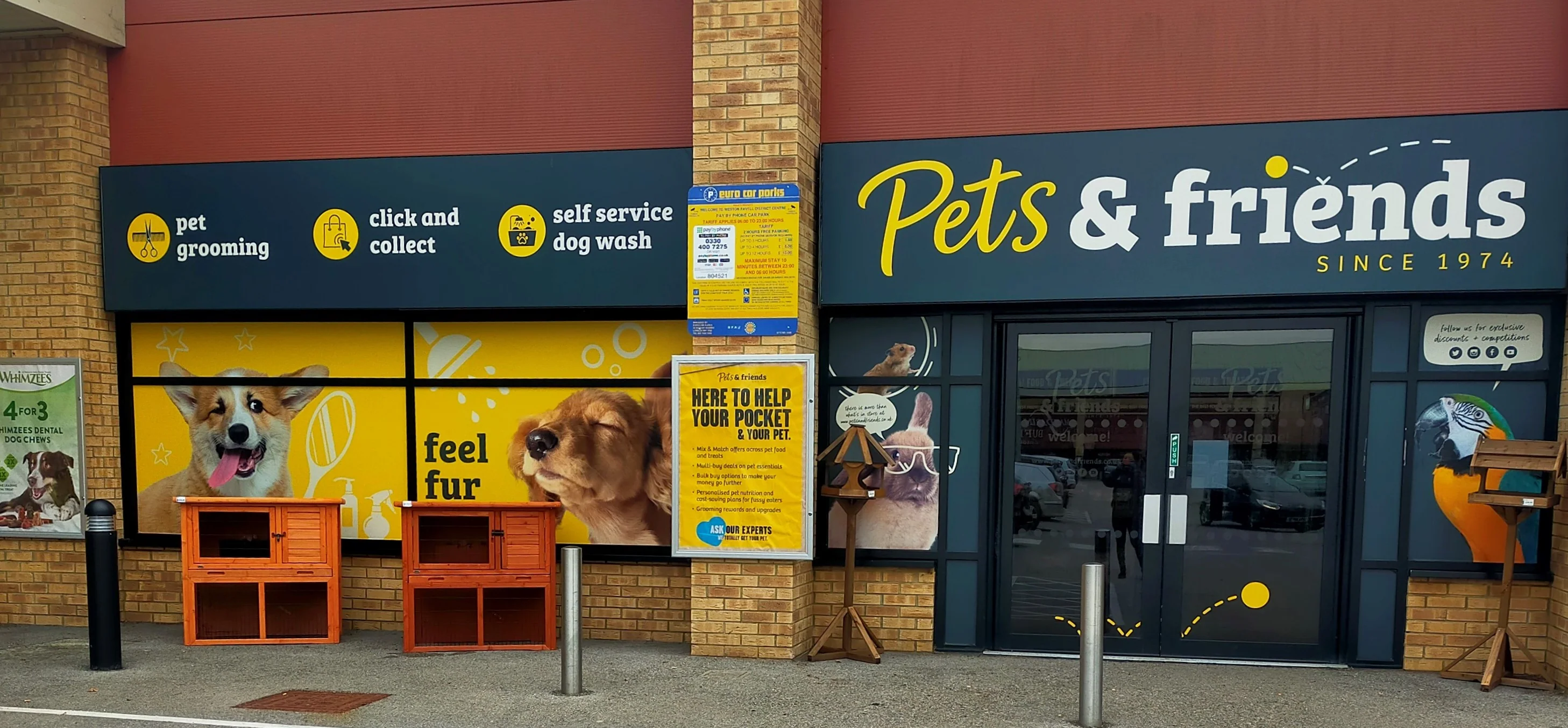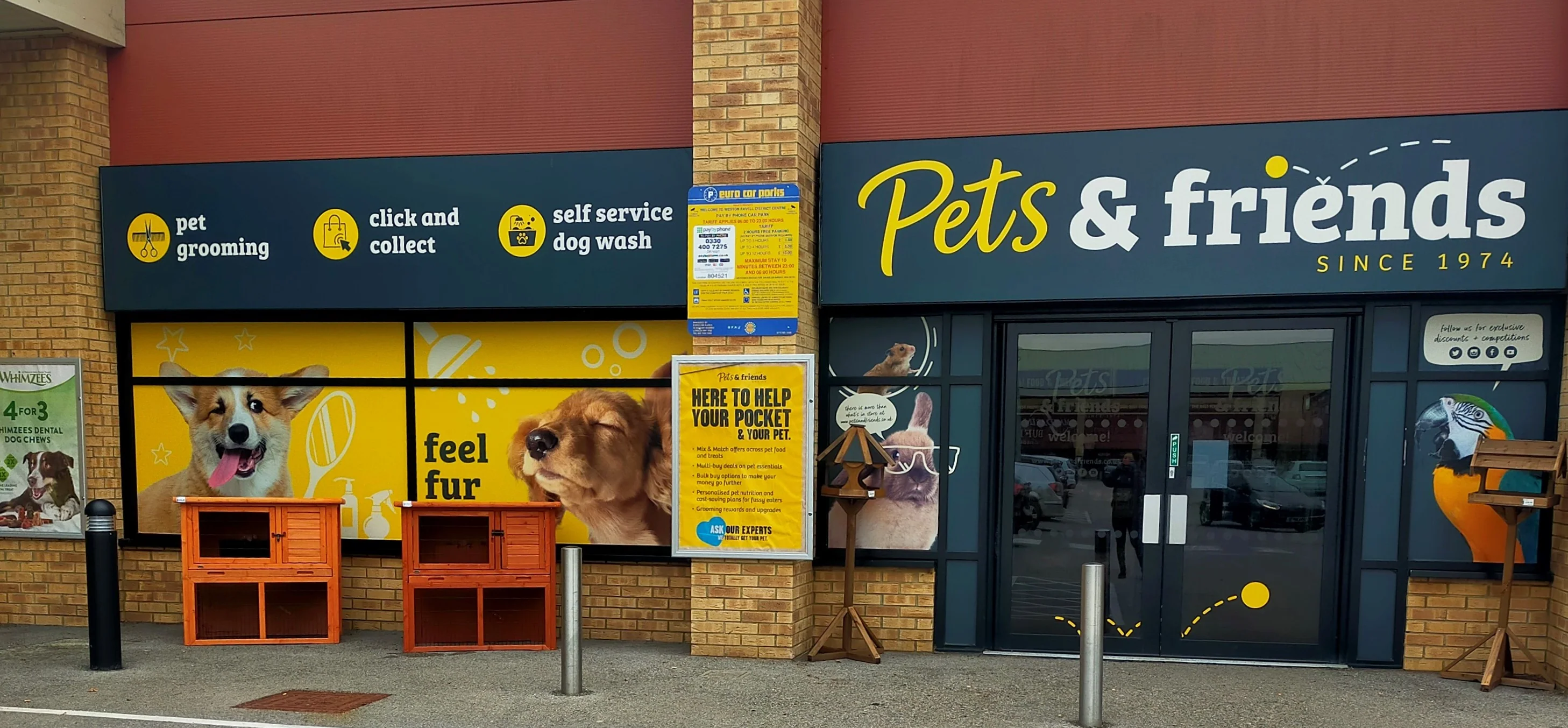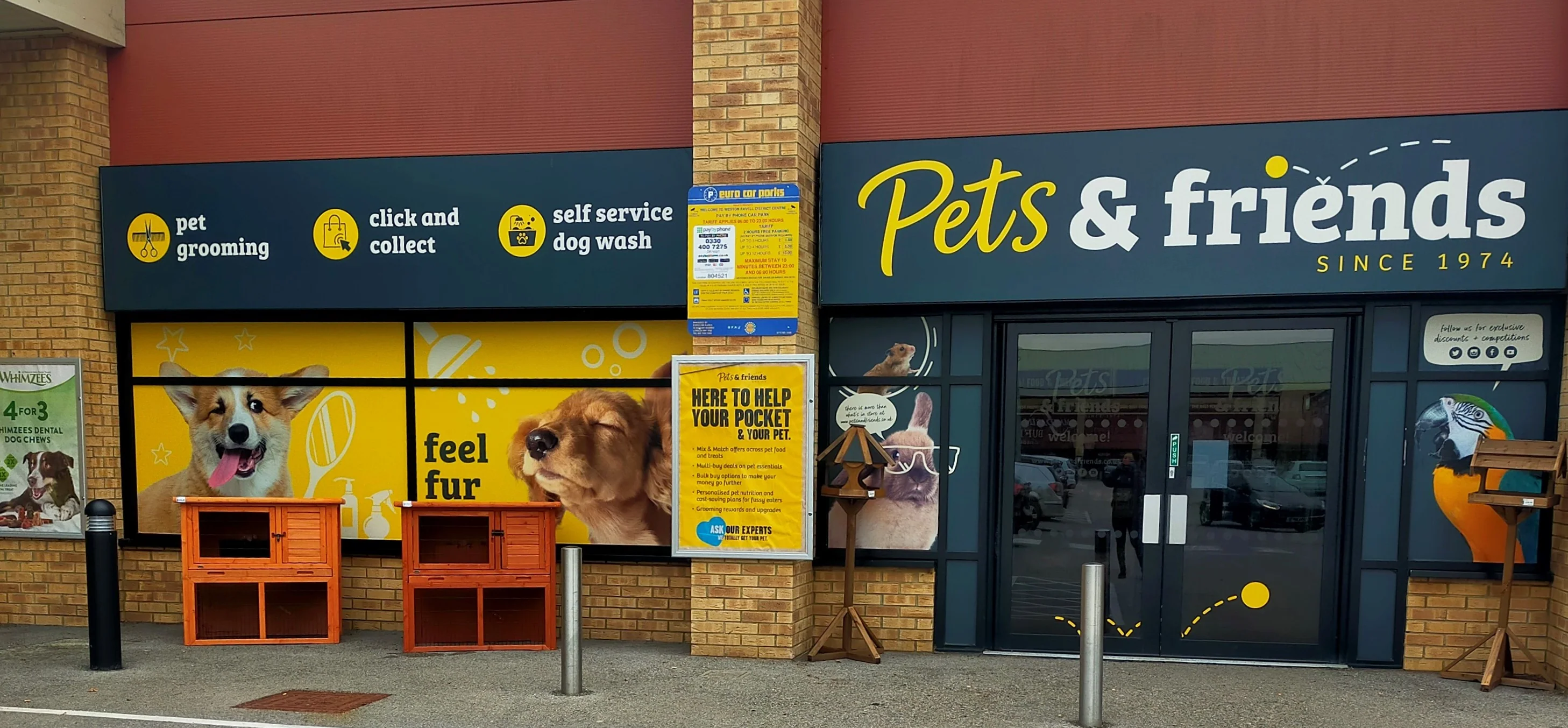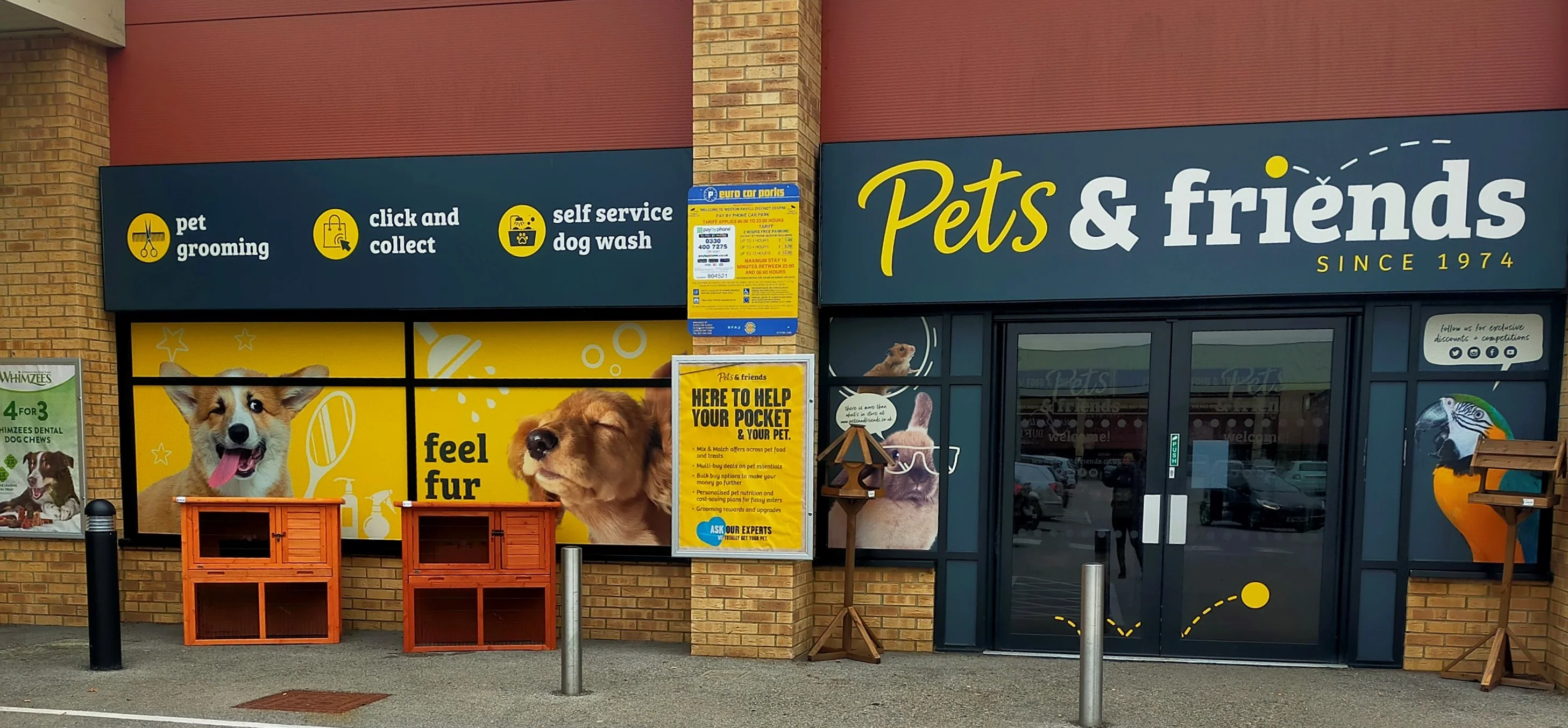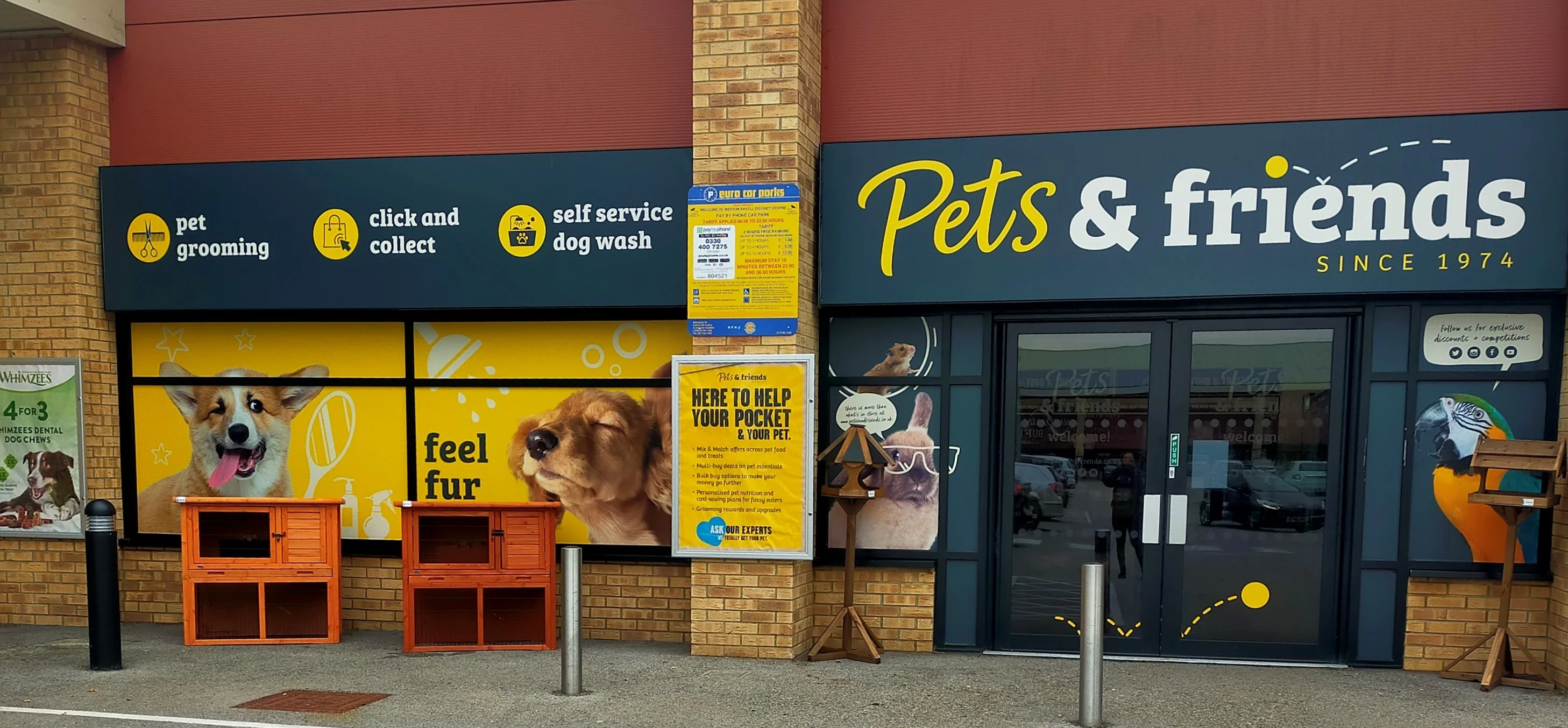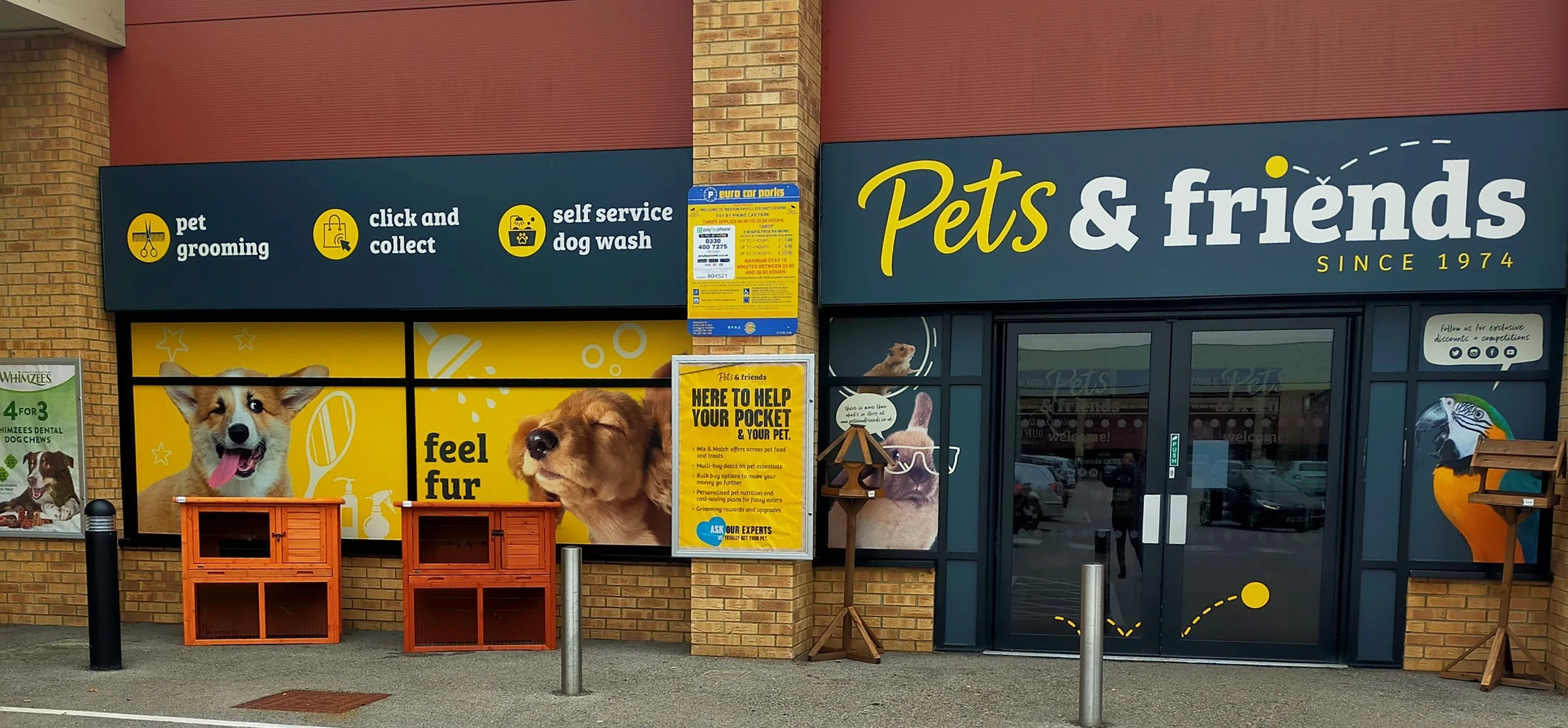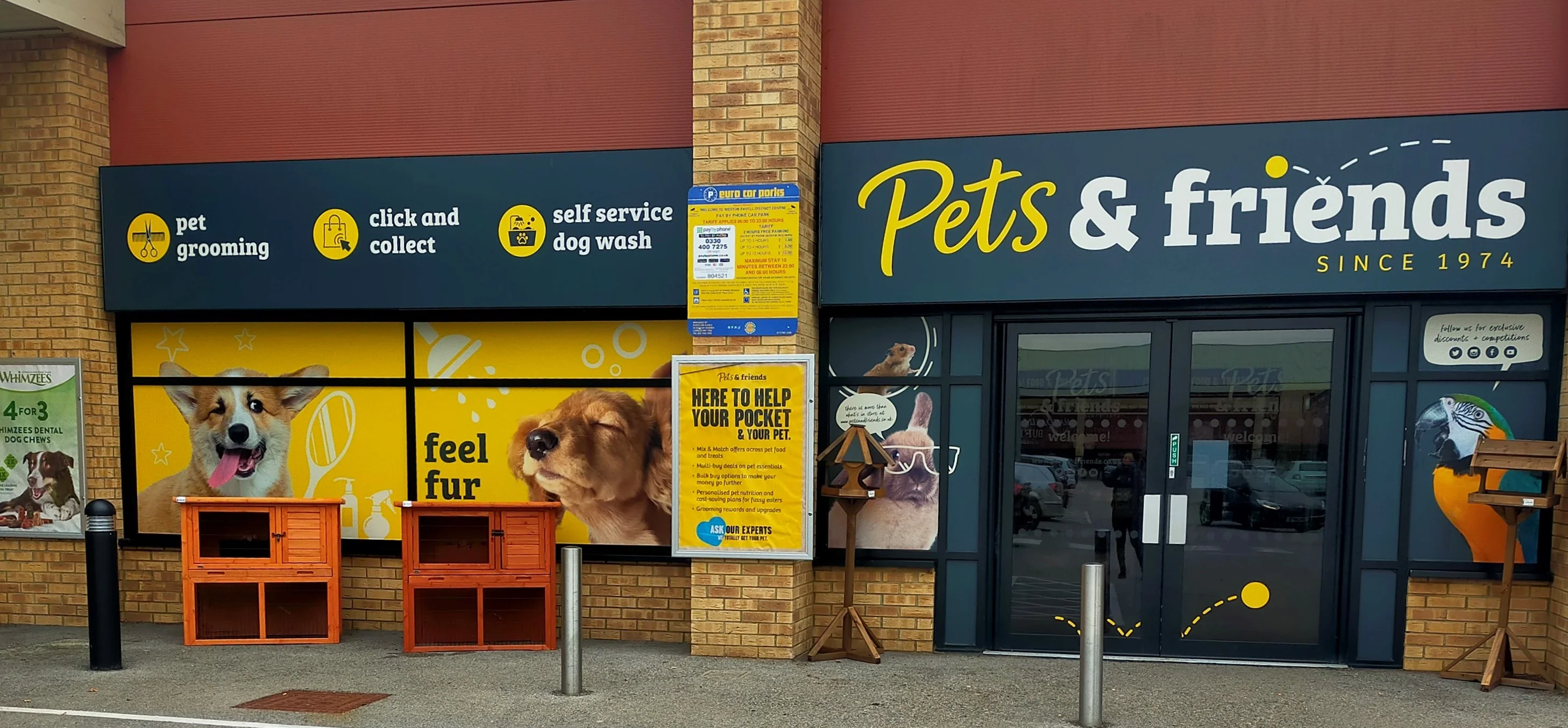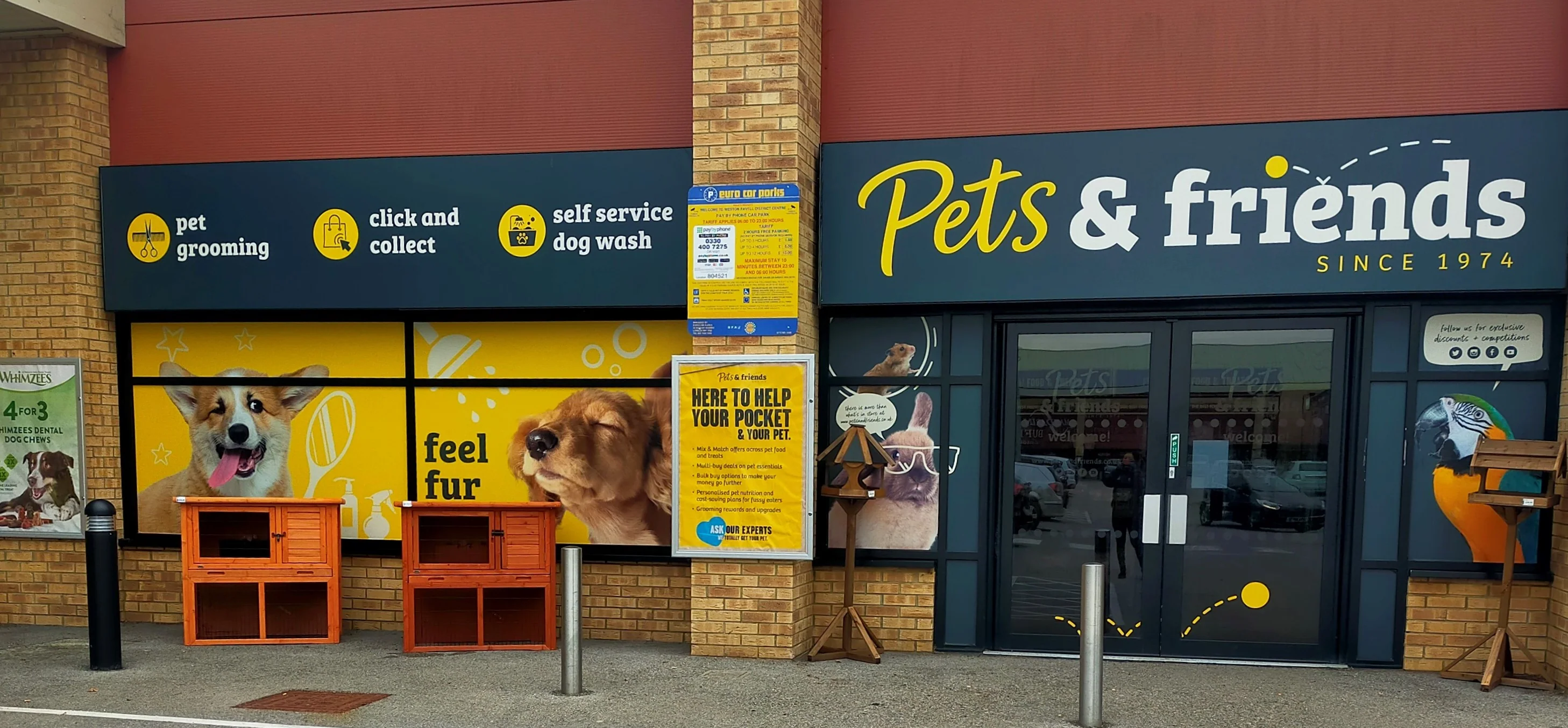Running a pet shop involves unique workplace risks that standard employers liability insurance might not fully address. From animal bites and scratches to slip hazards from spilled water and pet food, pet shop employees face daily challenges that require specialized insurance protection. This comprehensive guide explores everything pet shop owners need to know about employers liability insurance tailored to the animal retail sector.
What is Pet Shop Employers Liability Insurance?
Pet shop employers liability insurance is a specialized form of coverage designed to protect pet shop owners from claims made by employees who suffer injuries or illnesses while working in an animal retail environment. Unlike standard employers liability policies, this coverage understands the unique risks associated with handling animals, managing pet supplies, and maintaining hygiene standards in a retail setting where live animals are present.
This insurance becomes legally mandatory once you employ staff, but the standard coverage amounts and terms may not adequately protect against the specific risks inherent in pet retail operations. Specialized pet shop employers liability insurance fills these gaps, providing comprehensive protection for both routine and extraordinary workplace incidents.
Legal Requirements and Compliance
In the UK, employers liability insurance is legally required for any business employing staff, with minimum coverage of £5 million. However, pet shops face additional regulatory considerations due to animal welfare legislation and health and safety requirements specific to animal retail environments.
The Animal Welfare Act 2006 places specific duties on pet shop operators regarding animal care, which extends to employee safety when handling animals. Staff must be properly trained in animal handling techniques, and employers must provide safe working conditions that minimize risks from animal-related injuries.
Pet shops must also comply with local authority licensing requirements, which often include specific provisions for staff safety and training. Your employers liability insurance should align with these regulatory requirements to ensure comprehensive protection and compliance.
Common Workplace Risks in Pet Shops
Pet shop employees face a diverse range of workplace hazards that extend far beyond typical retail risks. Understanding these risks is crucial for selecting appropriate employers liability coverage and implementing effective safety measures.
Animal-related injuries represent the most obvious risk category. Dog bites, cat scratches, bird pecks, and injuries from larger animals like rabbits or guinea pigs can result in serious wounds requiring medical treatment. Even small animals can cause significant injuries, particularly if employees have allergic reactions or if wounds become infected.
Zoonotic diseases pose another serious concern. Employees may contract illnesses from animals, including salmonella, ringworm, or respiratory infections. These health issues can result in extended sick leave and potential long-term health complications, leading to substantial compensation claims.
Slip and fall accidents are common in pet shops due to water spillage from aquariums, cleaning activities, and pet accidents. Wet floors combined with pet food spillage create particularly hazardous conditions that can result in serious injuries.
Heavy lifting injuries occur frequently when staff handle large bags of pet food, aquarium equipment, or large animal enclosures. Without proper training and equipment, employees may suffer back injuries or muscle strains that require extended recovery periods.
Chemical exposure risks arise from cleaning products, aquarium treatments, and pest control substances used in pet shops. Improper handling or inadequate ventilation can lead to respiratory issues or skin conditions requiring medical treatment.
Industry-Specific Coverage Requirements
Standard employers liability policies may not adequately cover the unique risks present in pet shop environments. Specialized coverage should address several key areas that general policies might exclude or limit.
Animal handling coverage should specifically protect against injuries caused by animals in your care. This includes not only direct injuries like bites and scratches but also secondary injuries that might occur when employees react to aggressive animals or attempt to separate fighting animals.
Disease transmission coverage is crucial for protecting against claims related to zoonotic diseases contracted through workplace exposure. This coverage should extend beyond immediate medical costs to include long-term health monitoring and treatment if required.
Allergy and respiratory condition coverage addresses the reality that many people develop sensitivities to animal dander, bird dust, or other allergens present in pet shop environments. These conditions can develop over time and may require employees to change roles or leave employment entirely.
Equipment-related injury coverage should address risks from specialized pet shop equipment including aquarium systems, grooming tools, and animal containment systems. These items present unique injury risks not found in standard retail environments.
Staff Training and Risk Management
Effective risk management significantly impacts both workplace safety and insurance premiums. Comprehensive staff training programs demonstrate your commitment to employee safety and can result in reduced insurance costs.
Animal handling training should cover proper techniques for restraining and moving different types of animals, recognizing signs of animal stress or aggression, and responding appropriately to animal emergencies. Staff should understand which animals require two-person handling and when to seek assistance.
Health and safety protocols must address cleaning procedures, chemical handling, and personal protective equipment use. Employees should understand proper hygiene practices, including hand washing procedures and when to use gloves or other protective gear.
Emergency response training ensures staff can respond effectively to workplace incidents. This includes first aid training, procedures for animal escapes, and protocols for reporting workplace injuries or near-miss incidents.
Regular refresher training keeps safety awareness high and ensures new staff receive proper orientation. Documentation of training activities provides evidence of your commitment to workplace safety and can support your position in any insurance claims.
Claims Process and Documentation
When workplace incidents occur, proper documentation and prompt reporting are essential for successful insurance claims. Understanding the claims process helps ensure you receive appropriate support when needed.
Immediate incident response should include securing the scene, providing necessary first aid, and ensuring the injured employee receives appropriate medical attention. Document the incident thoroughly, including photographs of the scene and witness statements if available.
Medical documentation requirements extend beyond initial treatment records. Maintain complete records of all medical consultations, treatments, and recommendations related to workplace injuries. This documentation supports both the employee's recovery and your insurance claim.
Regulatory reporting obligations may require notification to local authorities, particularly for serious injuries or incidents involving animal welfare concerns. Ensure you understand these requirements and comply promptly to avoid complications with your insurance coverage.
Return-to-work planning should begin as soon as practical after any workplace injury. Collaborate with medical professionals and your insurance provider to develop appropriate plans that support employee recovery while managing business continuity.
Cost Factors and Premium Considerations
Pet shop employers liability insurance premiums reflect the unique risks associated with animal retail operations. Understanding these cost factors helps you budget appropriately and identify opportunities for premium reduction.
Business size and employee count directly impact premium costs, but the types of animals you sell and services you provide also influence pricing. Shops selling only small animals typically pay lower premiums than those handling large dogs or exotic species.
Claims history significantly affects premium costs. Maintaining a clean claims record through effective risk management can result in substantial premium savings over time. Conversely, frequent claims or serious incidents can lead to increased costs or coverage restrictions.
Safety measures and training programs can qualify you for premium discounts. Many insurers offer reduced rates for businesses demonstrating commitment to workplace safety through formal training programs, safety equipment, and documented procedures.
Location factors including local crime rates, regulatory environment, and access to medical facilities can influence premium costs. Urban locations with better emergency services may qualify for lower rates than remote areas.
Choosing the Right Insurance Provider
Selecting an appropriate insurance provider requires careful consideration of their experience with pet shop operations and understanding of industry-specific risks. Not all insurers offer specialized coverage for animal retail businesses.
Industry expertise should be a primary selection criterion. Look for insurers with demonstrated experience in pet shop coverage who understand the unique risks and regulatory requirements affecting your business.
Claims handling reputation affects your experience when incidents occur. Research potential insurers' claims processing times, customer satisfaction ratings, and their approach to working with businesses during difficult periods.
Coverage flexibility allows you to adjust your policy as your business evolves. Consider insurers who can accommodate changes in your animal inventory, expansion into new services, or modifications to your business model.
Risk management support from your insurer can provide valuable assistance in maintaining workplace safety. Some insurers offer training resources, safety audits, or consultation services that help prevent incidents and reduce claims.
Integration with Other Insurance Policies
Pet shop employers liability insurance works alongside other essential business insurance policies. Understanding how these policies interact ensures comprehensive protection without unnecessary coverage gaps or overlaps.
Public liability insurance protects against customer injuries or property damage, while employers liability covers employee incidents. These policies complement each other but address different risk categories and legal requirements.
Professional indemnity insurance may be relevant if you provide pet care advice or specialized services. This coverage protects against claims related to professional advice or services that cause financial loss to customers.
Product liability insurance covers issues with pet food, accessories, or other products you sell. While separate from employers liability, incidents involving defective products could potentially affect both customers and employees.
Property insurance protects your physical assets including building, equipment, and inventory. Coordination with employers liability ensures comprehensive protection when workplace incidents involve property damage.
Future Considerations and Policy Reviews
Pet shop operations evolve over time, requiring regular review and adjustment of employers liability coverage. Changes in your business model, employee count, or animal inventory can significantly impact your insurance needs.
Business expansion into new services like grooming, boarding, or veterinary care introduces additional risks requiring coverage adjustments. Plan insurance reviews before implementing new services to ensure continuous protection.
Regulatory changes affecting pet shops or employment law may require policy updates. Stay informed about relevant legislation and work with your insurer to ensure ongoing compliance.
Staff changes including increased employee count, new roles, or different skill levels can affect your risk profile and insurance requirements. Regular policy reviews ensure your coverage remains appropriate for your current operations.
Technology adoption including new equipment, monitoring systems, or business management tools may create new risks or reduce existing ones. Discuss these changes with your insurer to optimize your coverage and potentially reduce premiums.
Conclusion
Pet shop employers liability insurance provides essential protection for businesses operating in the unique environment of animal retail. The combination of animal-related risks, regulatory requirements, and standard workplace hazards creates a complex risk environment requiring specialized insurance coverage.
Effective protection requires understanding your specific risks, implementing comprehensive safety measures, and selecting appropriate insurance coverage from experienced providers. Regular policy reviews and ongoing risk management ensure your protection remains effective as your business evolves.
The investment in comprehensive employers liability insurance protects not only your employees but also your business reputation and financial stability. In an industry where workplace incidents can have serious consequences, proper insurance coverage provides the foundation for confident business operations and employee welfare.
By prioritizing employee safety through appropriate insurance coverage, comprehensive training, and effective risk management, pet shop owners can create safer workplaces while protecting their business interests and ensuring compliance with legal requirements.


 0330 127 2333
0330 127 2333

